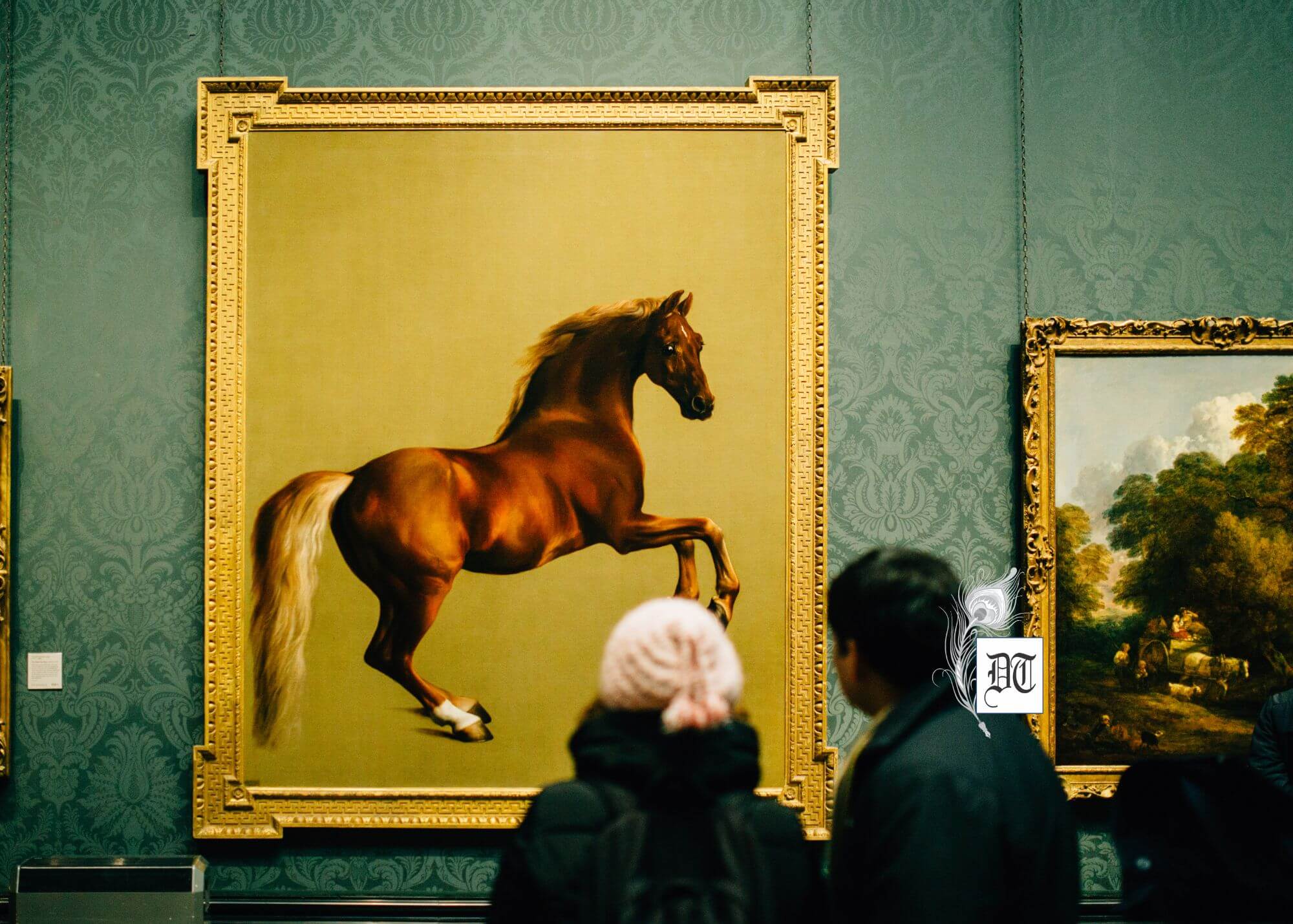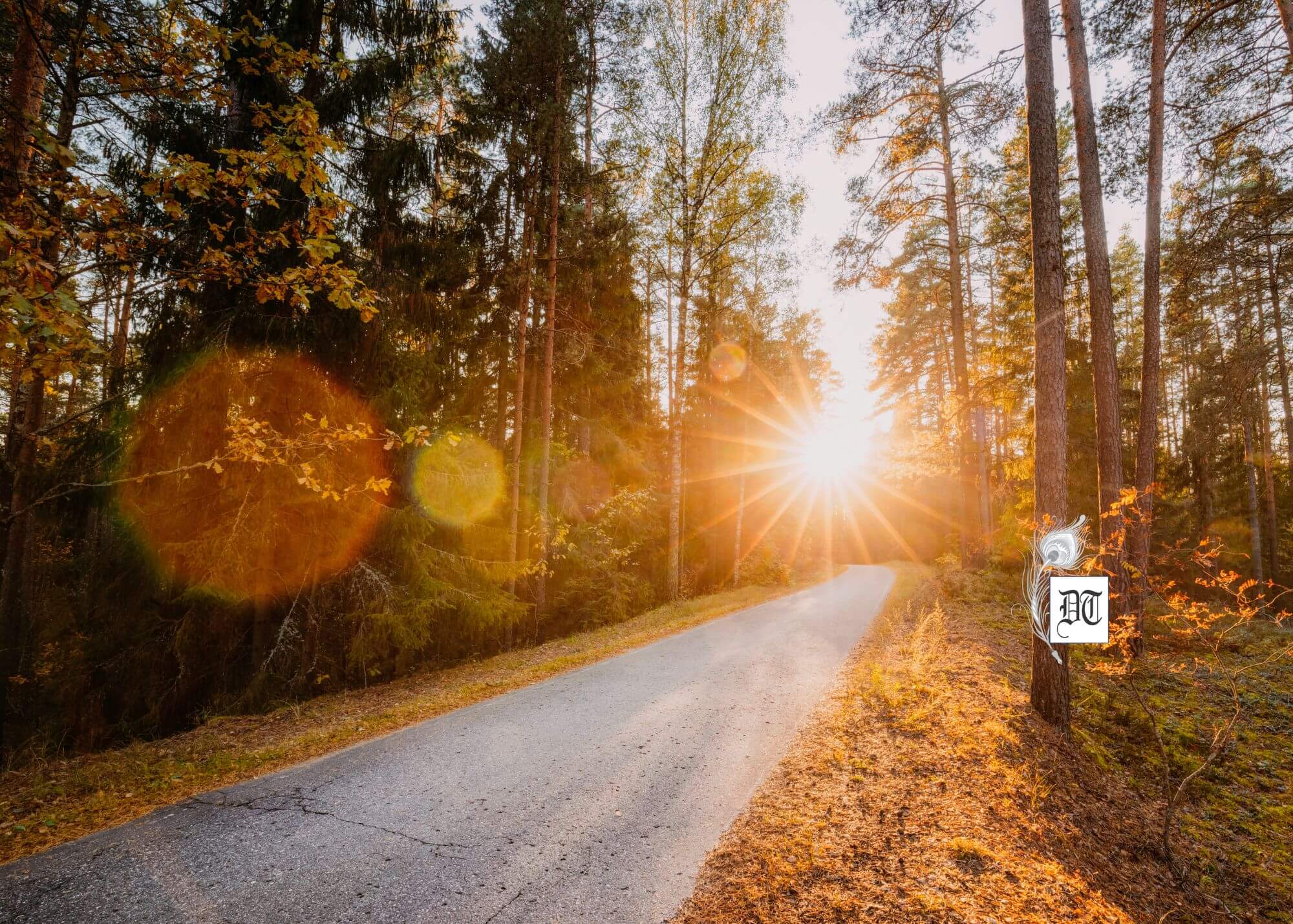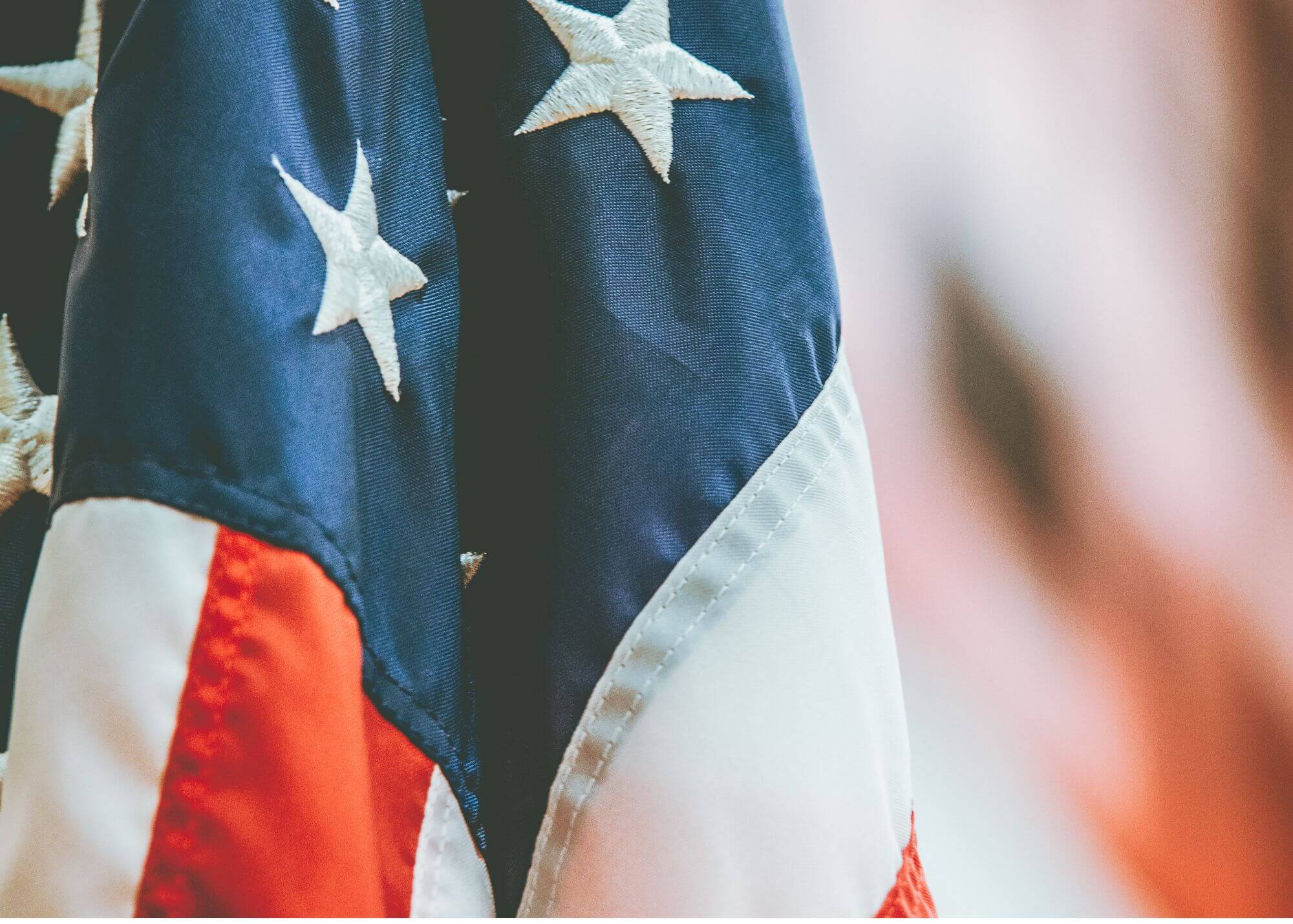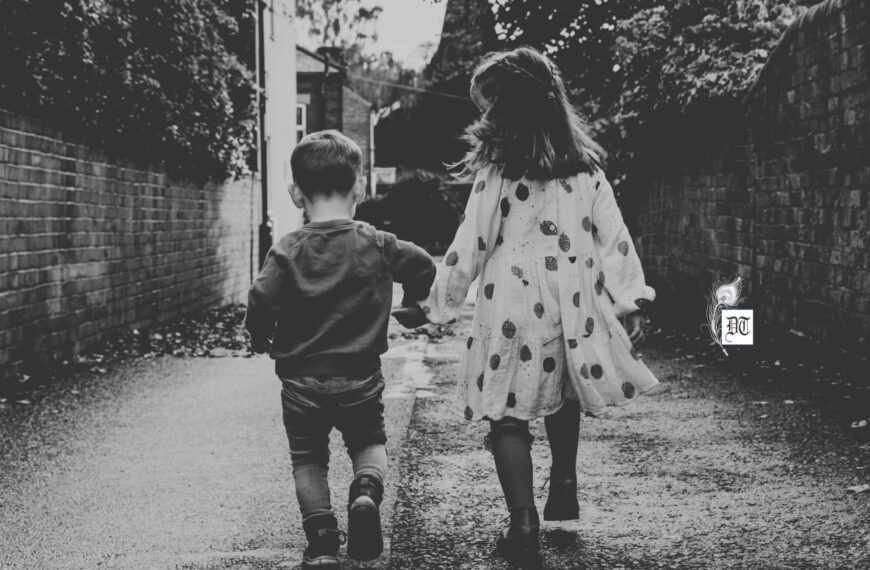Monika opines that AI’s replication threatens human art’s soul, replacing authentic struggle with soulless, efficient imitations, eroding irreplaceable expression exclusively for Different Truths.
Art has always been a dialogue between time and expression, a living embodiment of humanity’s struggles, dreams, and individuality. Yet, in an era where artificial intelligence generates ‘art’ at the click of a button, we find ourselves mourning the quiet demise of many art forms, slowly eroded, not by time, but by the sheer force of replication.
The Collapse of Distinctive Styles
Take, for instance, the AI-generated ‘Ghibli’ trend. What was once a distinct visual language cultivated through years of mastery is now distilled into formulaic outputs, churning out pseudo-Ghibli aesthetics without the soul that made it irreplaceable. Miyazaki’s worlds were not just about style; they were about human touch, imperfection, and an organic rhythm that machines cannot replicate. Each frame in his films carried the depth… depth of countless iterations, each movement infused with emotion that only human hands could render. When art becomes a mere arrangement of pixels mimicking established tropes, we are left with an imitation that forgets what it was meant to honour.
This phenomenon is not unique to animation. The Renaissance brushstrokes of Rembrandt, the chaotic precision of Basquiat, and the ethereal minimalism of Agnes Martin… these were born from deeply personal struggles, each painting an unrepeatable dialogue between artist and medium. AI-generated paintings, however, are crafted not through struggle but through data-fed synthesis, recombining elements into visually pleasing yet ultimately soulless creations. They mimic the aesthetic but lack the depth of true artistic labour. Raja Ravi Varma’s paintings, which bridged European techniques with Indian mythological themes, exemplify this contrast. His meticulous brushwork and deep emotional narratives cannot be replicated by an algorithm that merely reassembles patterns.
The Dilution of Poetry and Literature
Poetry, once the reflection of a mind wrestling with existence, is now effortlessly produced by language models trained on centuries of literary works. But AI does not wrestle with grief, nor does it wrestle with love, longing, or identity. It merely reassembles patterns, creating verses that may look like poetry but lack the struggle and revelation that shape true poetic expression.
Take Pablo Neruda’s Twenty Love Poems and a Song of Despair, a collection that pulses with loss and passion. Each line endures the essence of experience, of a love lived and lost. An AI might replicate the structure of his words, but it cannot feel the unravelling of the heart that gave birth to them. The difference between human and AI-generated poetry is the difference between a wound and a painted scar. It may appear similar, but one breathes, while the other is static.
Even prose is suffering under this encroachment. Great literature has always been an interrogation of human experience, a product of pain, joy, and self-discovery. Dostoevsky’s existential dilemmas, Toni Morrison’s deep cultural introspection, Gabriel García Márquez’s magical realism… these are not mere arrangements of sentences but contemplations and insights of the human soul navigating its contradictions. Yet, we now see AI-generated novels gaining traction, their lifeless syntax mistaken for literature, their algorithms mistaken for wisdom. Rabindranath Tagore’s Gitanjali, which emerged from a deeply personal exploration of devotion and nature, is an example of poetry that AI may mimic structurally but never truly comprehend. Likewise, Munshi Premchand’s realism, which dissects the intricacies of human relationships and societal struggles, cannot be reduced to predictive text patterns without losing its moral and emotional depth.
Music Without the Musician
Music, too, has suffered at the hands of automation. AI now composes symphonies, jazz improvisations, and pop songs, assembling notes and harmonies into technically perfect pieces. But music is not just about arrangement… Isn’t it about the musician’s breath, the tremor of fingers pressing against strings, the instinctive hesitations that make a melody alive?
When John Coltrane played his saxophone, his improvisations were driven by his philosophy, by his desire to reach spiritual transcendence through sound. When Nina Simone sang, her voice carried not just melody but history, protest, and pain. AI-generated music, on the other hand, does not possess intent, only replication. It does not hesitate because it does not doubt. It does not break rules because it does not understand them in the first place. The same can be said of Indian classical music, where improvisation and spiritual depth define its essence. Ravi Shankar’s sitar performances were not merely structured melodies but spontaneous expressions of mood and devotion, intricacies that an AI-generated raga fails to capture. MS Subbulakshmi’s renditions carried the weight of bhakti, a profound connection between voice and divinity that cannot be synthesised.
The Vanishing Human Imperfection
What we are witnessing is not just the mechanisation of creativity but the slow erasure of imperfection—imperfection that once defined art’s beauty. A poem with a stray syllable, a painting with an accidental brushstroke, a song with a voice crack in its most vulnerable moment. These are the marks of authenticity. AI’s efficiency smooths them away, leaving only sterile perfection in its wake.
This is not to say that technology has no place in art; rather, the problem lies in how it is wielded. True artistry is an extension of the soul, an unrepeatable manifestation of existence. AI, for all its computational prowess, lacks the burden of memory, the weight of longing, and the quiet persistence of human hands shaping meaning through imperfection.
The Death of Art, or a Call to Preserve It?
What we mourn is not just the loss of technique but the erosion of intent. Art was never meant to be merely ‘efficient.’ It was meant to be laborious, deeply personal, and irreplaceable. If we continue down this path, soon, we may no longer recognise the difference between what is born from lived experience and what is merely simulated. And that, perhaps, is the true death of art.
But perhaps there is hope in resistance. As the world leans toward artificial replication, the value of true, human-created art becomes more precious than ever. It is in our hands to preserve it, not by rejecting technology outright, but by ensuring that we do not mistake imitation for originality, nor convenience for authenticity. The fight is not against AI itself but against the indifference that allows it to replace what is irreplaceable.
Picture design by Anumita Roy






 By
By
 By
By
 By
By
 By
By